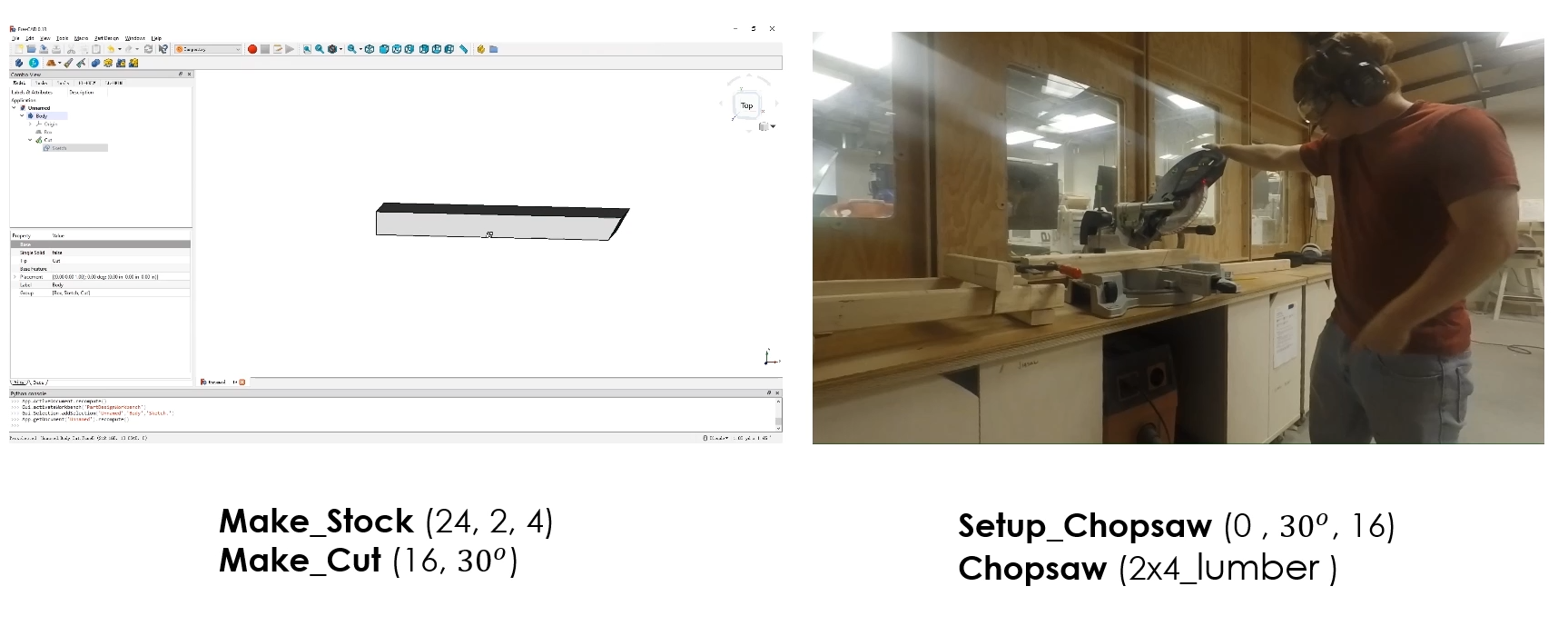David Teten is an advisor to emerging investment managers and a Venture Partner with
HOF Capital. He was previously a partner for 8 years with HOF Capital and
ff Venture Capital. David writes regularly at
teten.com and
@dteten.
More posts by this contributor
Congratulations; you’ve decided to launch a technology-enabled startup with a positive social impact! Nearly every major Silicon Valley venture-capital firm has now invested in a B Corp; maybe you will be one of them!
The bad news: some venture capitalists have a bias against startups with an explicit positive social impact on the grounds that they have a smaller addressable market, and that the founders are not sufficiently focused on creating shareholder wealth. And of course, effectively all venture capitalists are going to require some equity for their investment.
Fortunately, there are a wide range of organizations that specifically want to support you, not just the VC community. I’m now researching non-dilutive funding for Action Tank, a startup I’m gestating to “Make America Functional Again.” I worked with outsourced research firm Wonder* to identify all of the institutions we could who support tech impact startups with cash and community, and in many cases without dilution. I emphasize my focus here is organizations which are backing for-profit companies and do not take equity. If you think I’ve missed any, please contact me.
I suggest start by looking at the many programs offered by the Fortune 500’s startup networks. In addition, there are many other groups will give you cash, training, and community with few or no strings attached:
Ashoka is a foundation that engages in scouring for and choosing the leading social entrepreneurs across the globe, who it refers to as Ashoka Fellows.
Aspen Tech Policy Hub. “Our program mixes the best of both Washington and Silicon Valley, bringing together stakeholders in policy and technology to train the next generation of policy entrepreneurs. The Aspen Tech Policy Hub is a West Coast policy incubator, training a new generation of tech policy entrepreneurs. We take tech experts, teach them the policy process through an in-residence fellowship program in the Bay Area, and encourage them to develop outside-the-box solutions to society’s problems. We model ourselves after tech incubators like Y Combinator, but train new policy thinkers and focus the impact of their ideas.
Bluhm/Helfand Social Innovation (BHSI) Fellowship. “Since 2011, the Bluhm/Helfand Social Innovation (BHSI) Fellowship has supported the work of 36 innovators—representing the United States as well as 18 other countries on five continents—who address pressing global issues, from healthcare delivery to college persistence and sustainable construction in developing nations. From the beginning, the BHSI Fellowship has created meaningful, customized experiences for Fellows with connections to influential business and civic leaders, exposure to a broad audience as a speaker at Chicago Ideas, and over $3 million in financial support and in-kind contributions.”
The Clayton, Dubilier & Rice Fund for Entrepreneurial Studies. “The Clayton, Dubilier & Rice Fund for Entrepreneurial Studies supports entrepreneurs attempting to build something that advances business and society in revolutionary ways. “
Columbia Business School Tamer Fund for Social Ventures. Requires Columbia affiliation.
Draper Richards Kaplan Foundation identifies entrepreneurs that display characteristics of “exceptional social leadership through discretion, influence, vision, ambition, intelligence, and follow-through.”
DV Hacks, led by BCG Digital Ventures: “A 48-hour hackathon to improve how we live, work, collaborate, and learn.”
Echoing Green is a foundation that distinguishes transformational leaders via its fellowships. Their foci include addressing environmental sustainability, racial and gender equity, economic development concerns, etc.
Future Labs Flash Pitch. “For pre-seed and seed companies based in the U.S. and Israel with a focus on AI for social impact,”
Google AI for Social Good. “Our 20 selected organizations will receive coaching from Google’s AI experts, Google.org grant funding from a $25 million pool, and credits and consulting from Google Cloud. They will also be offered the opportunity to join a customized 6-month Google Developers Launchpad Accelerator program, including guidance from our nonprofit partner, DataKind, to jumpstart their work. We looked for projects across a range of social impact domains and levels of technical expertise, from organizations that are experienced in AI to those with an idea for how they could put their data to better use. “
Google for Startups Accelerator. “Geared toward social impact startups working to create a healthier and more sustainable future, the accelerator provides access to training, products and technical support. Startup founders will work with Google engineers and receive mentoring from over 20 teams at Google, as well as outside experts and local mentors.
J.M.Kaplan Innovation Prize. “The J.M.K. Innovation Prize seeks out innovators who are spearheading transformative early-stage projects in the fields of the environment, heritage conservation, and social justice. The J.M.K. Innovation Prize is open to nonprofit and mission-driven for-profit organizations that are tackling America’s most pressing challenges through social innovation. In 2019, we will award up to ten prizes, each including a cash award of $150,000 over three years, plus $25,000 for project expenses, for a total award of $175,000.
Kairos Fellows. “The Kairos Fellowship is designed to build the next generation of leaders in the field of technology, analytics, digital campaigning, and online organizing.”
MIT Solve initiative. “MIT Solve advances lasting solutions from tech entrepreneurs to address the world’s most pressing problems. Solve is a marketplace for social impact: we find tech entrepreneurs from around the world and broker partnerships across our community to scale their innovative work — driving lasting, transformational change.”
Mulago Foundation Rainer Arnhold Fellowship. “The course brings Fellows and faculty together for an intensive week to work on design for maximum impact and scalability. Held in a retreat center on the coast in Bolinas, California, the course gives Fellows the rare opportunity to focus completely on their ideas and a systematic way to apply them.”
Bloomberg New Economy Forum Solutions. “Mike Bloomberg announces an open call for solutions to global challenges facing the new economy. Entrepreneurs, academics, founders, and big thinkers are invited to submit their solutions to societal problems that need momentum, support, and adoption from the private sector.”
Notley Ventures. “Notley is a catalyst for social innovation unlocking opportunities with today’s impact organizations and changing communities. Our mission is to scale and support businesses, nonprofits, individuals, and programs making positive change in the world.”
Recurse Center. “The Recurse Center is a self-directed, community-driven educational retreat for people who want to get better at programming.”
Skoll Foundation. “The Skoll Foundation drives large-scale change by investing in, connecting, and celebrating social entrepreneurs and innovators who help them solve the world’s most pressing problems.”
Summit Fellows. “Through a series of invitation-only events, Summit fosters a global community of entrepreneurs, academics, athletes, artists, astronauts, authors, chefs, engineers, explorers, philanthropists, spiritual leaders, scientists, and beyond.”
Thiel Fellowship. “Founded by technology entrepreneur and investor Peter Thiel in 2011, the Thiel Fellowship is a two-year program for young people [under 22] who want to build new things. Thiel Fellows skip or stop out of college to receive a $100,000 grant and support from the Thiel Foundation’s network of founders, investors, and scientists.”
Pioneer.app. “Get funding and guidance for your project. Pioneer is a weekly contest for creative people around the world making their ideas become real. Winners get $7000, a round-trip ticket to Silicon Valley, access to world-class mentorship, and more.”
Roddenberry Foundation Catalyst Fund. “The Catalyst Fund awards small grants for early-stage, innovative, and unconventional ideas that address serious global challenges.“
SEIF Awards Tech for Impact. The SEIF Awards target European impact entrepreneurs who develop or make innovative use of technologies to tackle social and/or environmental challenges and contribute to the UN SDGs [Sustainable Development Goals]. Each Award grants the winners CHF 10’000. Together with our partners UBS and PwC we provide finalists a unique opportunity to increase their international awareness, gain reputation and present themselves to a top-class jury.
Three dot dash. “Powers the most influential social entrepreneurs between the ages of 13 -19, who have found a solution or innovation to address a basic human need.”
YC120 (part of Y Combinator). “We’d like to find more curious, creative people who are doing exciting work in emerging fields and give them an opportunity to start building their network. “
VentureCrush FG. Pando Daily wrote: “VentureCrushFG takes no equity, there is no co-working space, and no demo day. The application process is not advertised. Most applicants come from referrals.” “VentureCrushFG[‘s]…stellar reputation among founders and investors is due, in part, to the success of its most high-flying companies.” “If anything, it’s more of a community than an accelerator, a way to keep a strong network of alumni, mentors and investors connected. Between one and two hundred techies are part of the group, including founders, execs, 40 to 50 VCs and a few dozen angel investors.””
We Company Creator Awards. “This global competition is open to entrepreneurs, performers, startups, and nonprofits-anyone who embodies our mantra, Create Your Life’s Work.”
World Summit Awards for Young Innovators. “WSA Young Innovators is a special recognition for young social entrepreneurs under 30 years of age, using ICTs to take action on the United Nations Sustainable Development Goals (UN SDGs). Together with the WSA winners of each year, they are honored as outstanding digital innovation with social impact.”
You may also want to look at product-based crowdfunding, e.g., Indiegogo*. Other traditional options for non-dilutive financing include grants, loans, SBIR, STTR, vouchers and tax credits, include:
You’re eligible for the many accelerators, as well as specifically the impact accelerators. See Conveners Impact Accelerator Selection Tool. Some specific accelerators:
There are many VCs who have a stated focus on social impact; for full lists see Impact Capital Managers and InvestorFlow. Oliver Libby, Managing Partner, H/L Ventures, notes, “it is important to remember that impact funders occupy the same spectrum of returns as regular investors. From 100% loss capital (e.g. a grant) to shooting for massive returns (some impact VCs), an entrepreneur can unlock everything in between, including first-loss capital, impact bonds, patient capital from program-related investments and families, and more. The market is also coming to understand that high impact can sometimes come with high returns too.”
Rachel Butler, President, Cavendish Impact Foundation (where I’m an advisor), mentioned fiscal sponsorship as an option. “It’s an arrangement where an entity in need of funding (and it can be a for-profit, social enterprise) teams up with a 501(c)(3) that has an aligned mission, and money can be raised through the 501(c)(3) and used to support a specific project being done by the social enterprise.
So, for example, if the 501(c)(3) has in its mission to support improving education, and a for-profit social enterprise is developing an app to help improve access to better education for people in underserved communities, the 501(c)(3) could support that specific project. The 501(c)(3) does have to maintain discretion about how they use the funds (as a safeguard to just having it be an arrangement for funneling philanthropic funds), and there are some other stipulations, but otherwise it’s pretty straightforward. The ‘Project’ can actually do the fundraising, as an agent of the 501(c)(3), and have the money directed to the 501(c)(3). The project is usually something that has a fairly short timeframe with measurable milestones that indicate progress. The 501(c)(3) also takes an administrative fee for their role in the collaboration.“
Bill Warren, CEO of Peeps Democracy, Inc., wrote, “another type of funding source for a social impact entrepreneur to think about is startup challenges/competitions at her/his alma mater. For example, Duke sponsors a $10,000 annual prize for students, faculty, or alumni working on a startup in the clean energy space. These prizes can be a great source of non-dilutive funding for early-stage ventures and also offer free exposure to academic thought-leaders and other alumni, who might support your startup via mentorship or investment. “
Emily Rasmussen, founder & CEO of Grapevine.org, suggests turning philanthropic donations into for-profit investments using Donor Advised Funds (DAFs), which are like Health Savings Accounts for charitable giving. You make a tax deductible donation into a DAF account, get an immediate tax deduction, and then donate your funds out to charities over time. In the meantime, your funds are invested to help grow your fund, just like an endowment. With some 501(c)(3) DAF sponsors (e.g Impact Assets), after making a tax-deductible donation into their DAF account, donors can then advise the sponsor to invest their charitable assets into a specific social enterprise deal. These deals are sourced by the donor investor and any future returns go back into the DAF account and are available for future impact investments or charitable donations.
Lastly, I suggest reviewing these links on fundraising:
* I’m an investor in this company.
Thanks to Emily Campbell, Esq., of The Campbell Firm PLLC for helpful input; she has advised me on some legal matters in the past.








